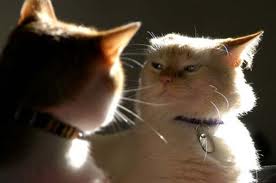
Indoor cats fighting all of a sudden
Indoor cats fighting suddenly, stop indoor cats fighting, outside cats making my cats fight each other, pet animal cat dog fighting aggression advice, help – my cats won’t stop fighting
 Your Own Vet
Your Own Vet

Indoor cats fighting suddenly, stop indoor cats fighting, outside cats making my cats fight each other, pet animal cat dog fighting aggression advice, help – my cats won’t stop fighting